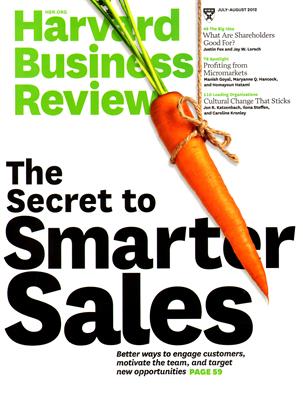-
How Top Salespeople Anticipate and Manage Resistance
- May 29, 2019
- Posted by: Dave Kurlan
- Category: Understanding the Sales Force

Last week Tom Hopkins shared a post on LinkedIn that resembled what I have said so many times. He said, “The art of selling involves two jobs: Job One is to reduce sales resistance and the other is to increase sales acceptance.”
Many readers left comments about the importance of relationships as a means to preventing resistance from going up.
-
What You Should Never Do on LinkedIn to Do Business with Your LinkedIn Network
- May 16, 2018
- Posted by: Dave Kurlan
- Category: Understanding the Sales Force

I don’t know about you but for every benefit I get from LinkedIn, I get an equal amount of frustration. Some people, like me, have criteria for who they will invite and whose invitation they will accept on LinkedIn. How many times has this happened to you?
Someone invites you to join their LinkedIn network or asks if they can join yours. You accept. And then it happens…
-
10 Ways to Determine if Your Sales Prospect was Engaged
- March 8, 2018
- Posted by: Dave Kurlan
- Category: Understanding the Sales Force

A sales manager asking, “So, how did your meeting go?”
The salesperson always replies, “It went great.” It’s the same response a retail clerk gets when they ask shoppers if they need any help. “Just looking.” “It went great.” It’s the default answer.
The sales manager says, “Good, good.”
I wish that sales managers wouldn’t ask how meetings and calls went. They should say,
-
Why Do You Think That Harvard Business Review Does This When it Comes to Sales?
- November 18, 2016
- Posted by: Dave Kurlan
- Category: Understanding the Sales Force

The most recent example of Harvard Business Review and sales stupidity came earlier this month when they ran an article on social selling being the solution to prevent salespeople from becoming obsolete. I wrote this article on LinkedIn bring it to light and differentiate fact from fiction.
-
How This Awful Cold, Voicemail Message Could Have Actually Worked
- September 12, 2016
- Posted by: Dave Kurlan
- Category: Understanding the Sales Force

The timing on these two events could not have been more perfect! Both occurred last week and I wanted to share them with you today. First came Dan McDade’s article – the first of three parts – on whether cold calling is dead. He asked a number of sales experts to weight in and articulate whether it is truth or a lie. It was very well done and you’ll want to read it. Then came the comments – most notably on LinkedIn – from both sides of the argument. And finally, I received a cold call from a salesperson who was following up on an email. It’s a great example of a call that was a complete waste and I’ll share that call with you as well as how that call could have worked.
-
Surprising New Data on Salespeople Busts the Myths about Relationship Selling and Social Selling
- June 16, 2016
- Posted by: Dave Kurlan
- Category: Understanding the Sales Force

I had a theory about salespeople, but didn’t have the data to prove it out. I believed that social selling was a godsend to those in sales who were not great at relationship building – that by utilizing applications like LinkedIn and Twitter, they could reach out to new people, but with the benefit of hiding behind the glass screen. Do you think I was right? Or wrong?
-
How to Get Your Sales Message to Resonate Every Time
- November 16, 2015
- Posted by: Dave Kurlan
- Category: Understanding the Sales Force

This is an article about getting your sales message to resonate – every time. However, before we can discuss that, I need to share a current, real world example. So bear with me.
-
Why I Was Kicked Out of a LinkedIn Sales Group
- July 8, 2015
- Posted by: Dave Kurlan
- Category: Understanding the Sales Force

I wrote an article on whether or not LinkedIn was a waste of time and as with the medical newsletters I read, my LinkedIn article resonated with a lot of people. But as with the medical mainstream, not everyone was happy with the article… In just the past week, I have already been blocked in one LinkedIn group and kicked out of another one!
-
Are We Wasting Our Time on LinkedIn?
- June 29, 2015
- Posted by: Dave Kurlan
- Category: Understanding the Sales Force

LinkedIn is a tool that I use more than some and less than others. As busy as I am, I’m unable to spend an hour on LinkedIn each day, but I do visit daily. I am engaged. And I always wonder if it’s a complete waste of time. In this article, I’ll share the highlights and lowlights from my informal LinkedIn effectiveness analysis and you may be very surprised with my conclusion.
-
Selling Value – Everything You Always Wanted to Know
- December 4, 2014
- Posted by: Dave Kurlan
- Category: Understanding the Sales Force

So if not those topics, then what should we all be writing about – all the time – that would be a real difference maker for salespeople?
I believe that it’s the importance of and ability to sell value. Why, you ask?
- 1
- 2

